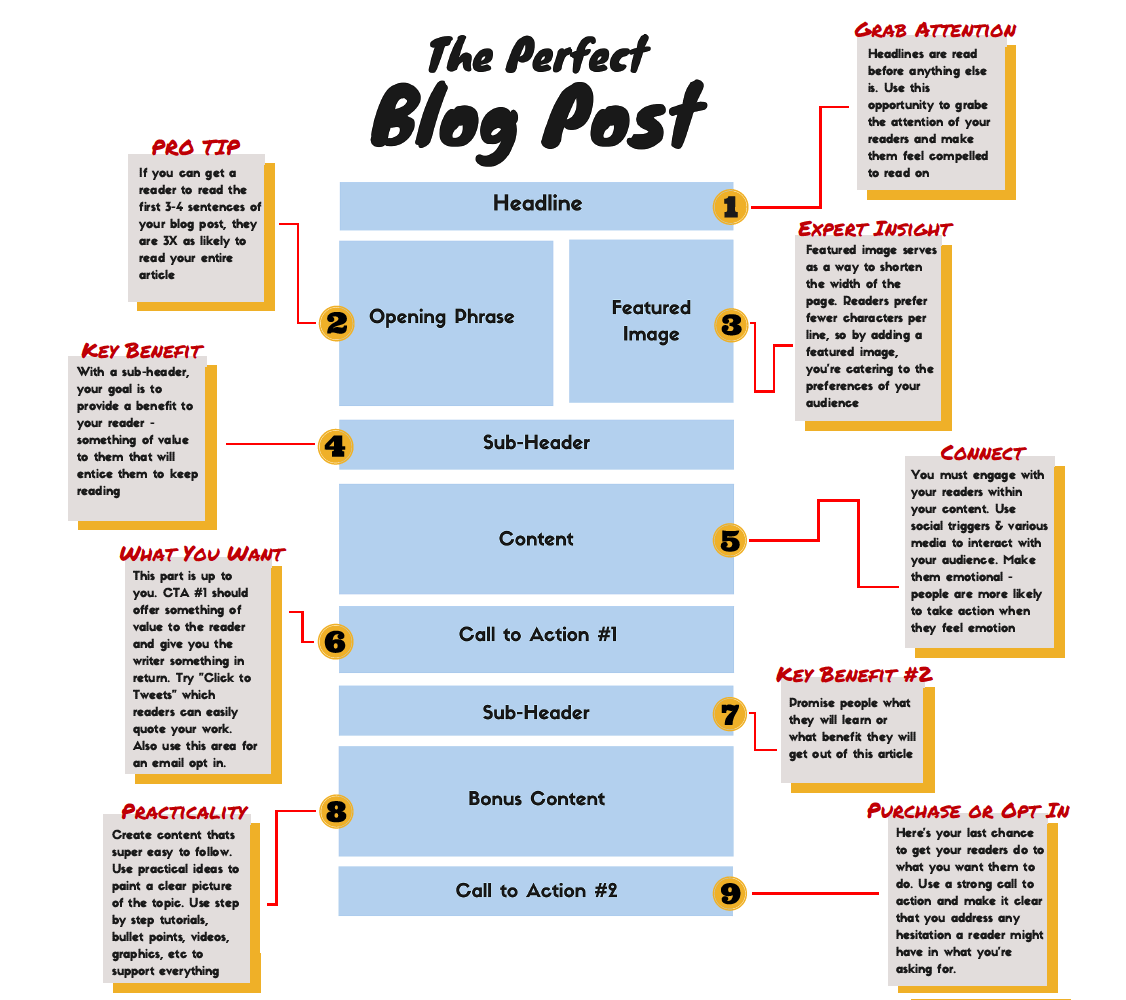Before you write a blog article, it is important to create a working title. This can be a specific topic that guides your writing process. It may not become the final title, but it will help you focus your article. The title should include keywords, so your readers will easily find your post. Make sure you check your writing for spelling and grammatical errors. After all, you want to write a blog article that will attract readers.
Organizing a blog post
The most important step in organizing a blog post is setting up your navigation tabs. These categories will evolve over time, so be sure to choose broad, yet clear, categories. A common mistake among new bloggers is starting with broad categories and becoming very specific as they tag posts. This is a mistake you should avoid. Here are some tips to keep your posts organized:
Make sure your titles are smart. Titles will display on search engines, and people access your blog content by searching for relevant keywords. Organize your posts by creating sections, or use subheadings. To call out specific points, include quotes from related sources. Add a call-to-action. Include relevant keywords in your H2-H4 tags. You can also add images to your posts to increase readability.
Creating a working title
Creating a working title for a post can be extremely helpful if you have a large list of ideas and have trouble deciding which one to use. This title is not permanent, and it is easy to change it if it no longer serves its purpose. Most blog post titles will never be final, however, as many will require fact-checking and research. The title will have to change and evolve along the way, but it should still reflect the topic of the article.
The most important rule to remember when creating a working title for a blog article is to respect the expectations of your readers. If you set expectations too high with your title, readers may not trust you and won’t read your article. Also, don’t go overboard with hyperbole. In the example working title above, make sure to confirm that all the companies and B2B examples are real and are not fictitious.
Creating a call-to-action
Creating a call-to-action on your website can help your visitors take action. It can be in the form of a well-written line of text or a beautifully designed button. The most effective call-to-action is a logical extension of your blog article’s content. For example, you could use a call-to-action on your article about gaining blog subscribers to direct visitors to a series of related articles or to a free demo of your product. In either case, make sure it is not abrupt.
Another great way to draw readers to your blog is to create a call-to-action button in the body of the blog article. Using this simple yet effective method will help you generate more subscribers. You can also use an in-line CTA button to redirect readers to another blog post or to additional information. Instead of a fancy button, you can use simple text that says “Read this blog post to find out more.”
Checking for grammatical errors
Despite the fact that the demands of writing a blog article can be quite high, ensuring perfect grammar and spelling can boost your credibility and search rankings. Even if you’re not an editor, even unintentional typos or missing punctuation can harm your article’s credibility. If you’re not a writer, you can use a grammar checker tool to catch unconscious mistakes. The tool will detect common mistakes and recommend suitable synonyms to improve your post.
One way to avoid mistakes in your blog article is to write in conversational style. The intention is to treat your readers as your close friends. This means that you should be as respectful of your readers’ opinions and comments as possible. To do this, you should be aware of common grammatical mistakes that you might make and try to fix them before publishing them on your blog. The most common mistakes are:
Identifying a crutch word
When you are writing a blog article, you might be tempted to use words like “I,” “I’m,” and “I’ll.” But what if you were trying to express a more profound idea? What if you dropped these words? Instead of wasting your time and energy on them, use strong alternatives to convey the same meaning. Here are a few examples of crutch words.
If you can identify a crutch word in your writing, you can easily eliminate it. The best way to do this is to compare old and new writing and highlight any repeated words or phrases that you may be using. Word frequency tools like Google’s and Scrivener’s can also help you find crutch words in your writing. And don’t forget to use a thesaurus or your word processor’s synonym generator.

